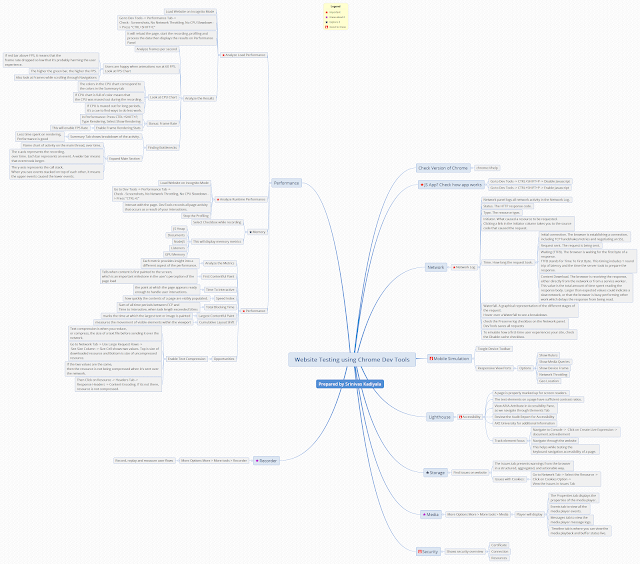Bug Reporting
Bugs are treated as “Bread and Butter” for testers in IT World, the
more they find – they live on and raise their living.
If you are new to QA/Testing, You need to log the bugs
on the product you are testing.
So at first you will try to find any template the
department/ organisation has. If not, you will search at power searching tool
i.e. Google. And you find so many bug reporting sheets.
Q:
Is there a standard template for reporting bugs?
A: No, There is no standard template.
Q:
What all to be logged in the bug?
A: The following are the bug attributes which needs to
be used for logging the bugs. (This is
not limited)
1.
Bug
Id –
This can be referred as bug id and should be in a particular format.
2.
Title –
Short and meaningful title which gives exact problem statement.
3.
Description –
Descriptive Summary of the Bug: what the bug is, how it is reproduced, the
effects of the bug and the areas that are affected by that bug.
4.
Expected
Results – What was expected as a result of this test
5.
Actual
Results – What is the actual result, which the application is resulting?
6.
Severity –
The severity of the bug is rated depending on the level of the bug it effects
the application.
Different
types of Severity levels:
·
Critical
·
High
·
Moderate
·
Low
The Severity levels are listed depending on the
organisation you are working.
If they do not have, create your own list of levels.
If they do not have, create your own list of levels.
7.
Business Priority –
Speak to the Product owner / manager, explain the bug and rate the priority
level. This is an optional one.
Different
types of Priority Levels:
·
High
·
Moderate
·
Low
8.
Detected
By – Detected Date – Assigned to – Assigned Date – Reviewed By – Reviewed Date
These are the additional attributes, which can help bug
reporting tool look in organised way.
9.
Module
– The
module name in the application under test.
10. System Specifications –
This depends on the type of test, if we are testing a website application: The
specifications would be browser type, browser version.
If we are testing a windows application: The specification would be Operating system with version number, RAM, CPU etc.
If we are testing a windows application: The specification would be Operating system with version number, RAM, CPU etc.
11. Associated Test Cases –
Specify the test cases which fail as a result of this test. This clearly shows
the traceability of the test cases and helps to fix and run minimal test runs.
12. Build Number –
The Product Build Number which is responsible for this bug.
13. Environment –
In which environment, this bug has been found.
E.g.: Development Environment /
Testing Environment / Production Environment.
14. Attachments –
This is optional. Attachments such as Screenshots can be useful (Before and after).
15. Status –
The status depending on the Defect Life Cycle.
Different
Types of Status:
The following are the different types of status, which
can be used in logging the Bug.
·
New
·
Open
·
Fix
·
Differed
·
Close
·
Re Open
·
Can’t Fix
16. Remarks
– Any remarks to specify as a result.
From my experience, the more we give clear information,
will be easy to developers: to recreate,
investigate and fix the issue (Hopefully in less time).
There are different approaches that can be helpful for
logging the bugs: Like, Video Recording, Screen Shots etc. This can help the
developers to understand the way the software tester has logged the bug.
(This
Blog post will be Updated.. As I Learn)
Quote of Day:
"The Key is not to prioritize what's on your schedule,but to schedule your priorities" - Stephen Covey

